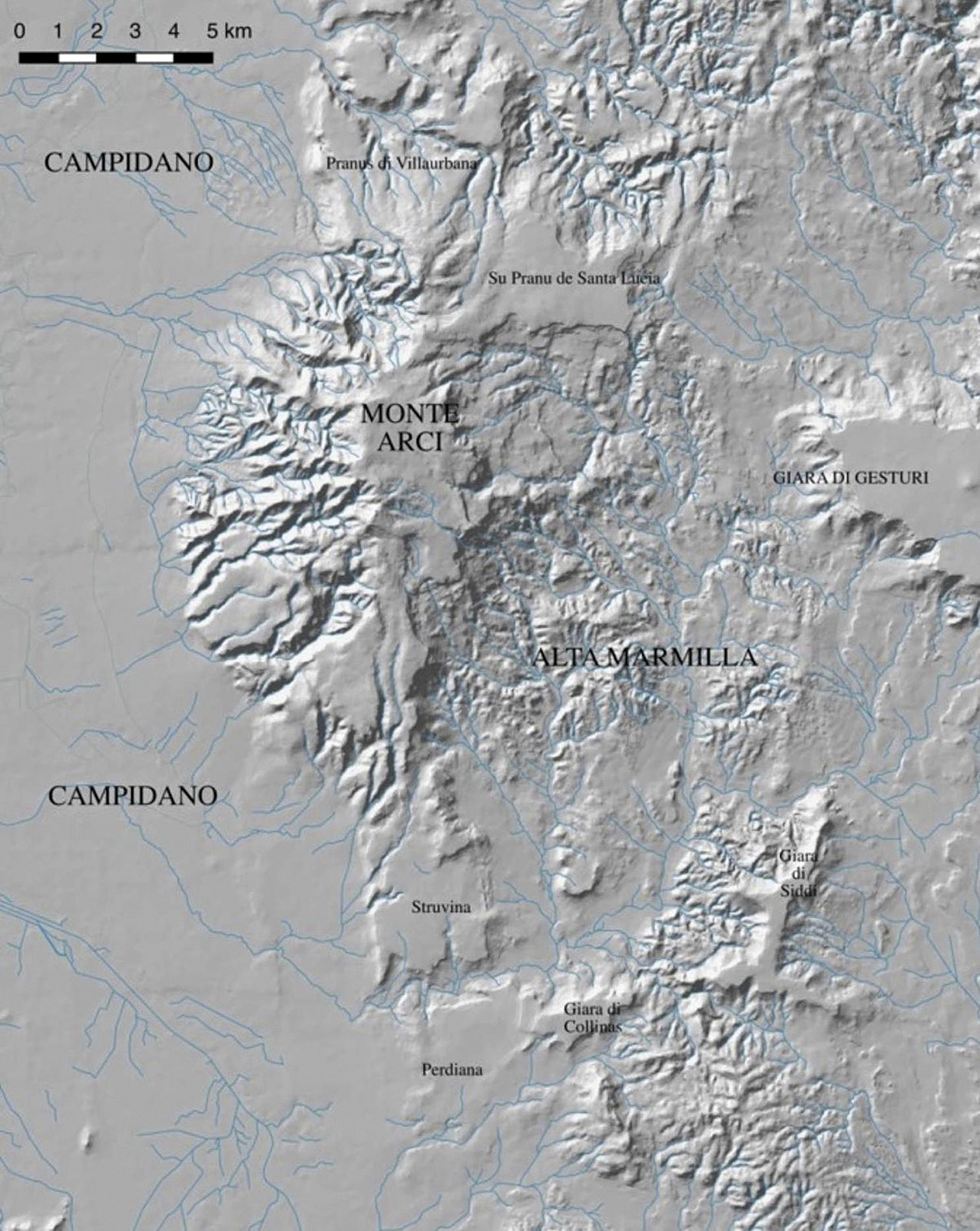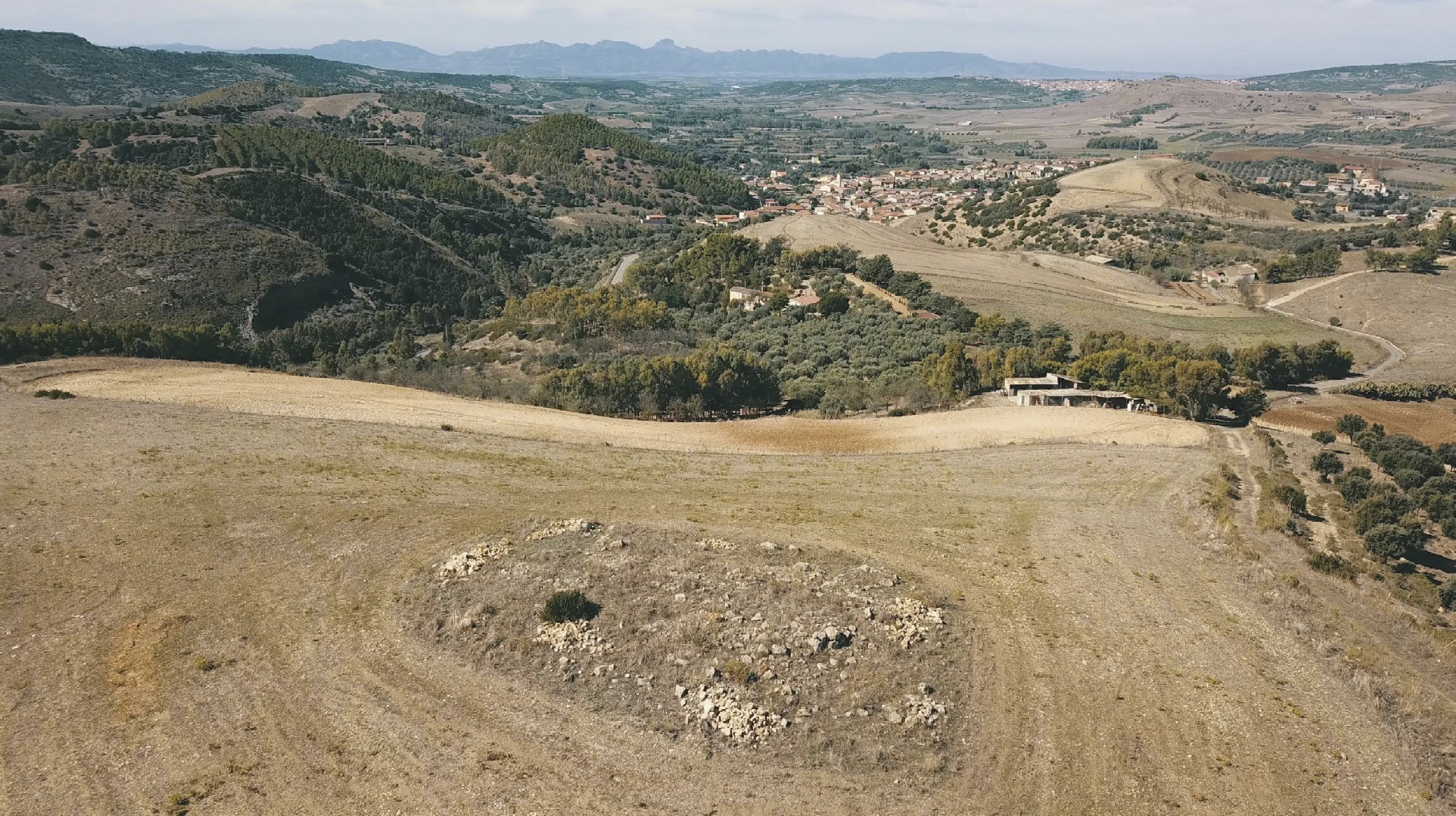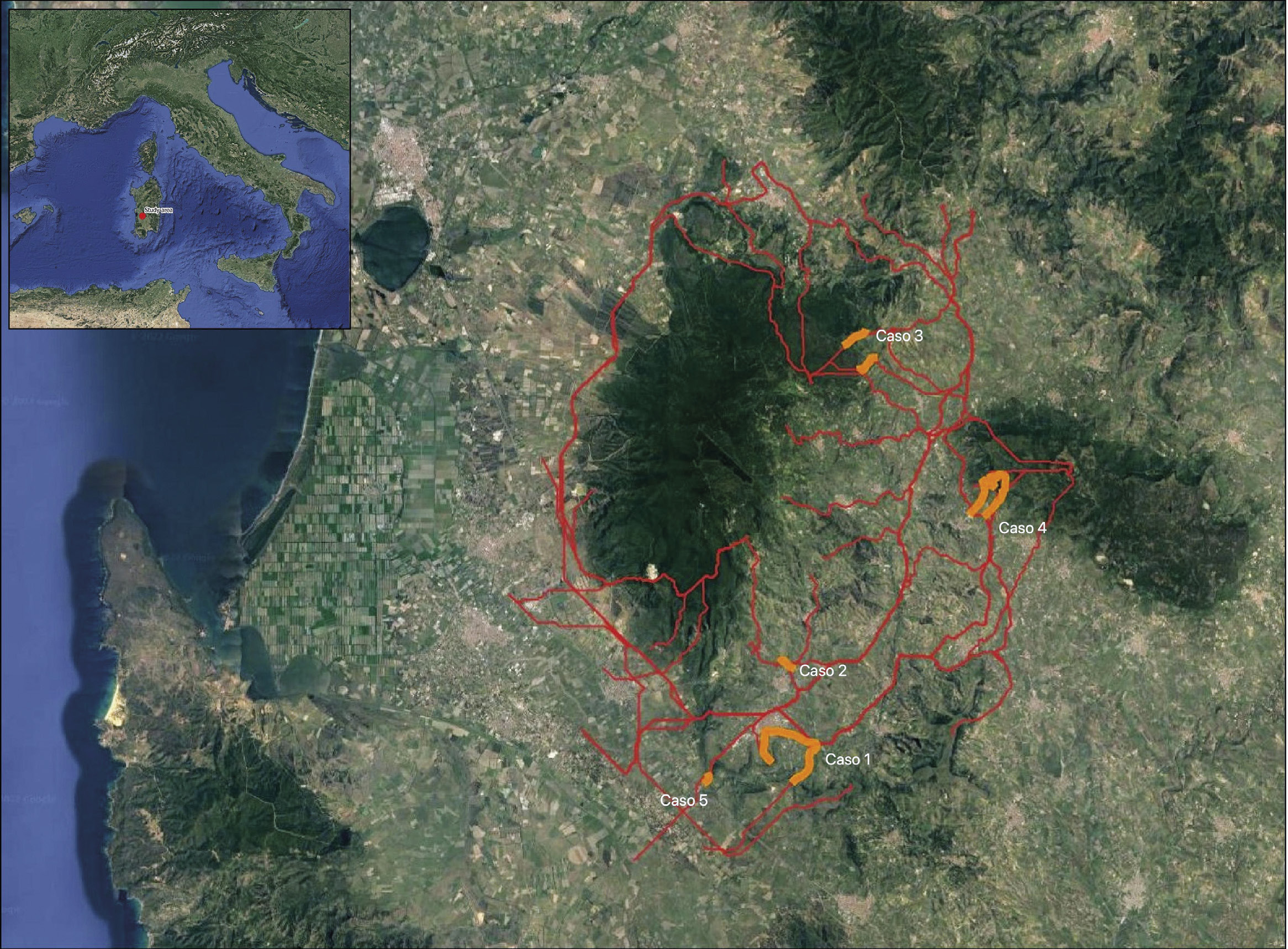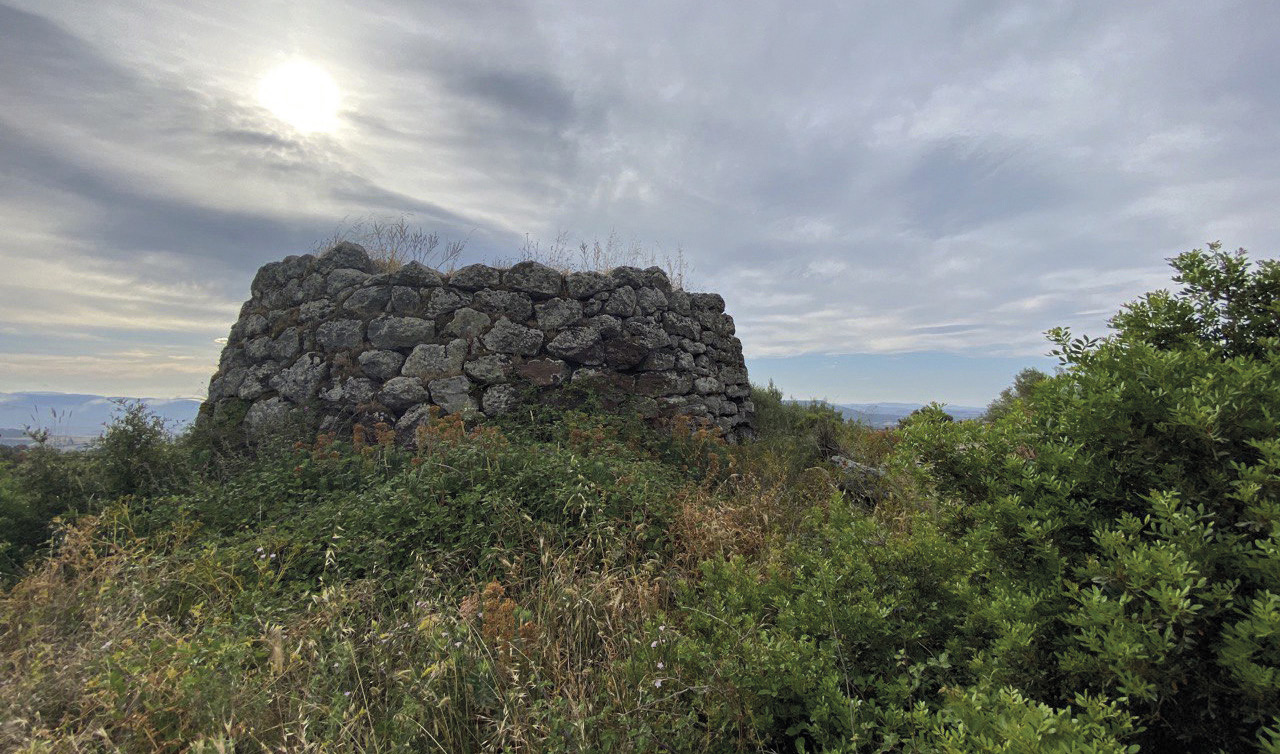Cabras M., Concu C., Frongia P., Cicilloni R. 2023, Testare sul campo la Least Cost Path Analysis: rifessioni intorno ai paesaggi dell’età del Bronzo della Sardegna centro-meridionale (Italia), in (ed.), Modelling the Landscape. From Prediction to Postdiction. Proceedings of the International Session at 7th Landscape Archaeology Conference (Iași, 10-15 September 2022), «Archeologia e Calcolatori», 34.1, 279-288 (https://doi.org/10.19282/ac.34.1.2023.30)
Copy to clipboard Download: BibTeXTestare sul campo la Least Cost Path Analysis: rifessioni intorno ai paesaggi dell’età del Bronzo della Sardegna centro-meridionale (Italia)
Marco Cabras, Cristina Concu, Paolo Frongia, Riccardo Cicilloni
«Archeologia e Calcolatori» 2023, 34.1, 279-288; doi: 10.19282/ac.34.1.2023.30
Abstract
For about ten years this research team has been experimenting with techniques of spatial and visual perceptual analysis using GIS on the Nuragic landscapes (Middle and Late Bronze Age) of different areas of Southern Sardinia. Over time, various field campaigns have been developed on the monumental complexes built by the Nuragic communities. Towers, fortresses, villages, tombs of giants and sacred wells suggest a marked attention to the display of a message of power, strength and monumentality by the human group studied. An aspect often emphasized by these researches is the relationship of monuments with mobility and with the routes and strategic points of the territory, often verified through matches of different Least Coast Path Analyses (LCPA) that cross the territory by connecting different patterns of points. However, the real efficiency of the paths predicted by the GIS has never been directly tested on the ground. The paper presents the result of field analyses conducted by our group of archaeologists on the paths resulting from the GIS analysis in the Marmilla territories: travel times, energy expenditure and the real possibility of a path to actually cross a given territory are provided. Working with the LCPAs is still to be explored, however it remains a valid tool for territorial research, if an analysis unrelated to preconceptions and with a holistic evidence framework is carried out.
Figures
3D Models
Preview
Subjects:
GIS and cartography Survey and excavations
Download (PDF)Supplementary resources:
Publishers:
CNR - Istituto di Scienze del Patrimonio Culturale
Edizioni All'Insegna del Giglio
This website uses only technical cookies strictly necessary for its proper functioning. It doesn't perform any profiling and doesn't use third party cookies of any kind.
Read our privacy policy for additional information.
By clicking 'OK' or closing this banner you acknowledge having read this information and accept the website's contents.





